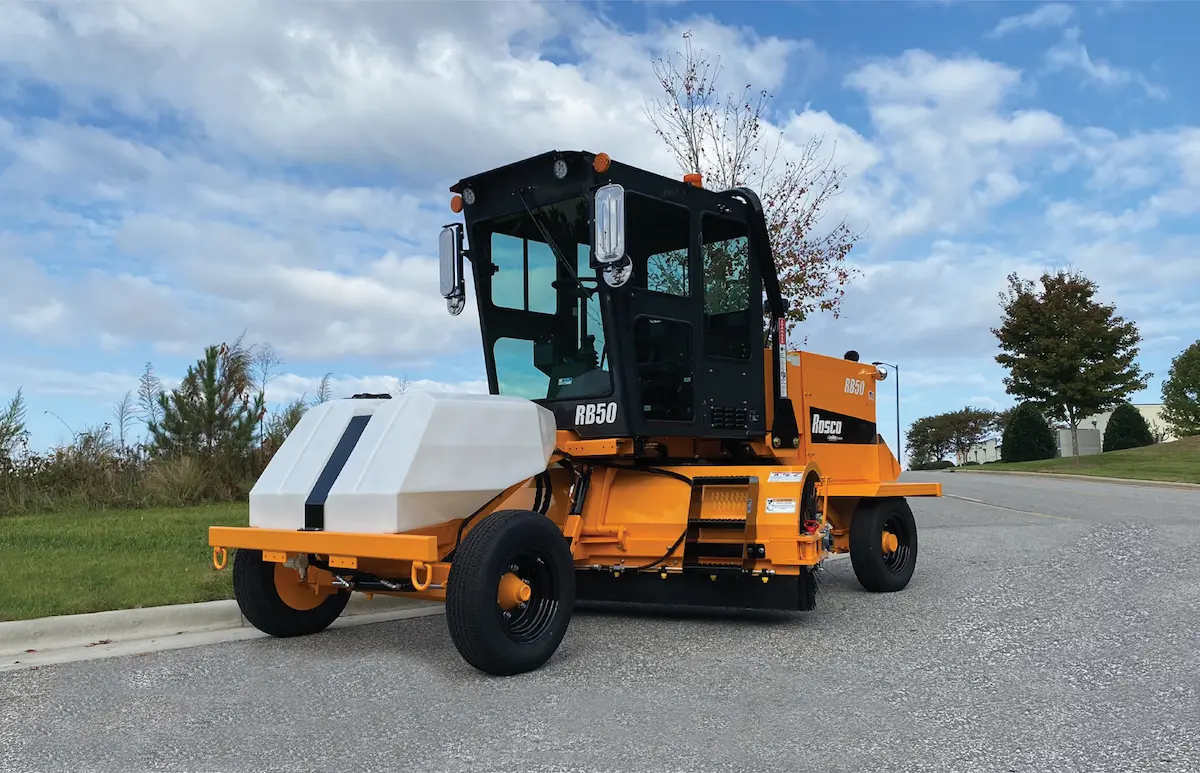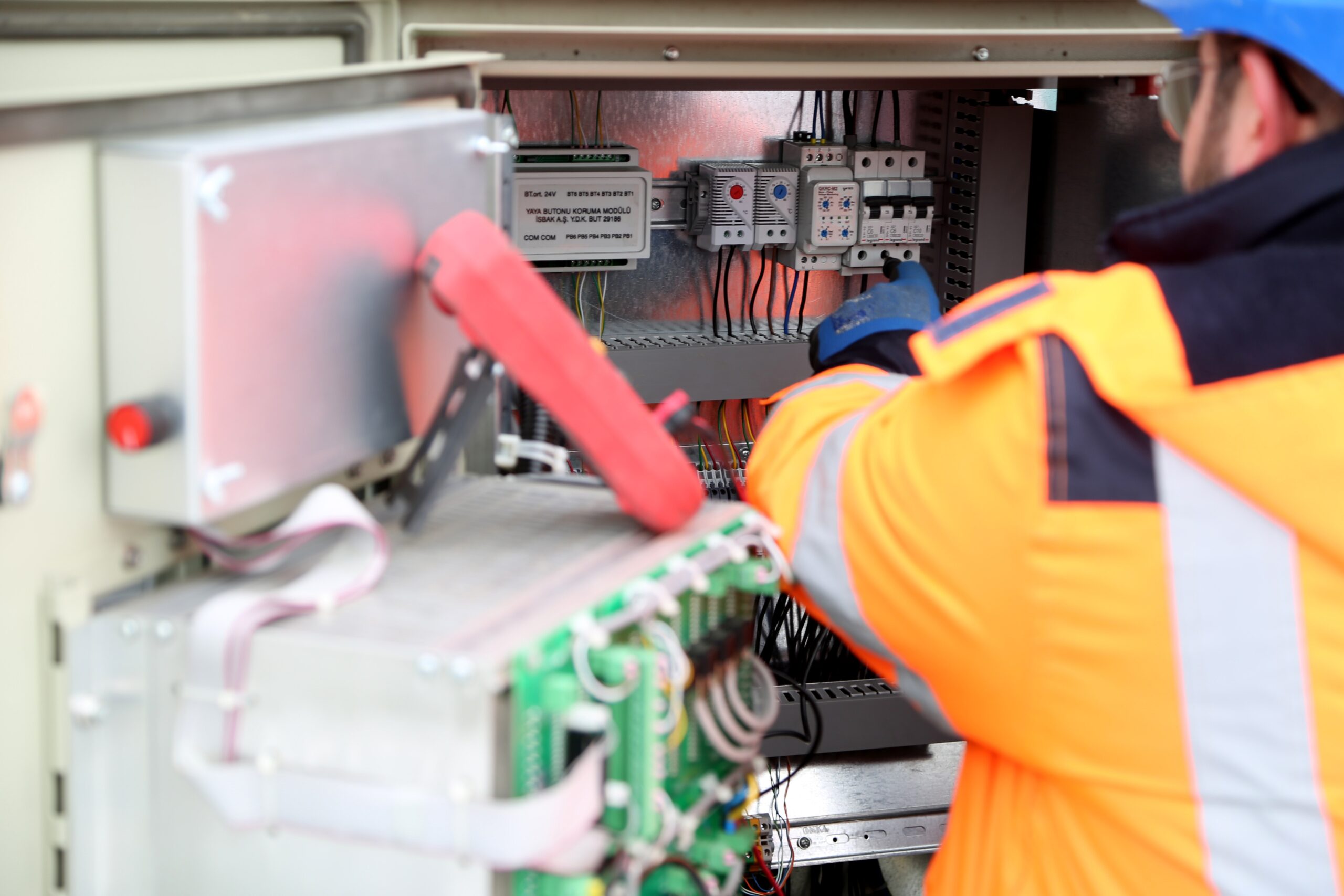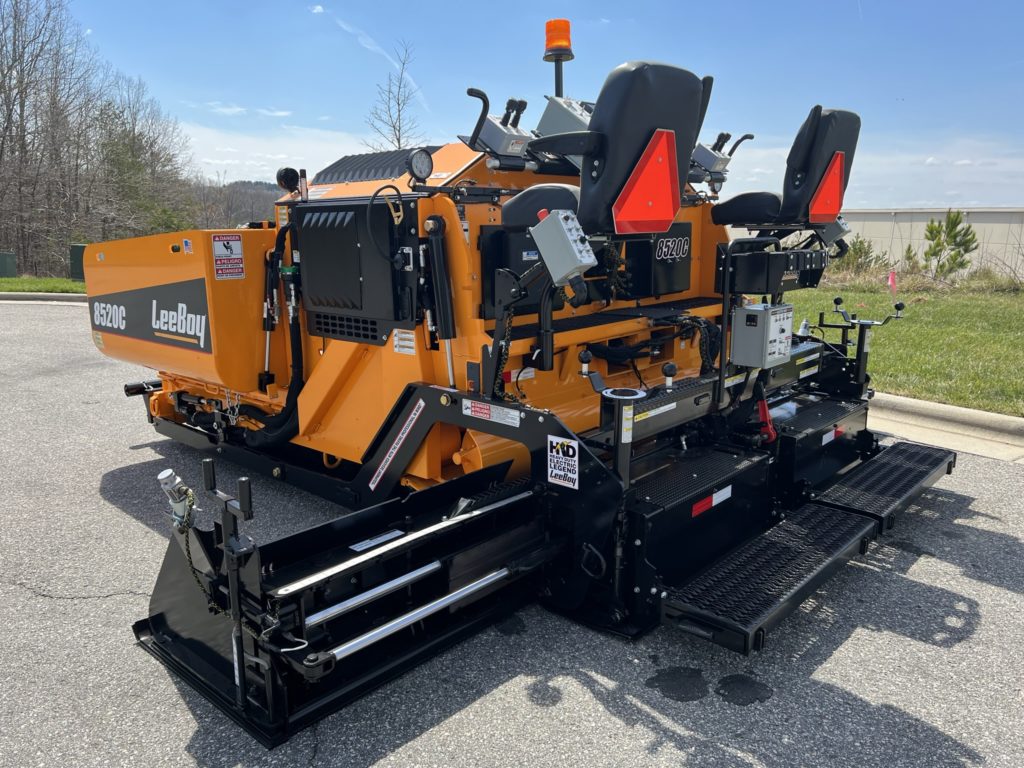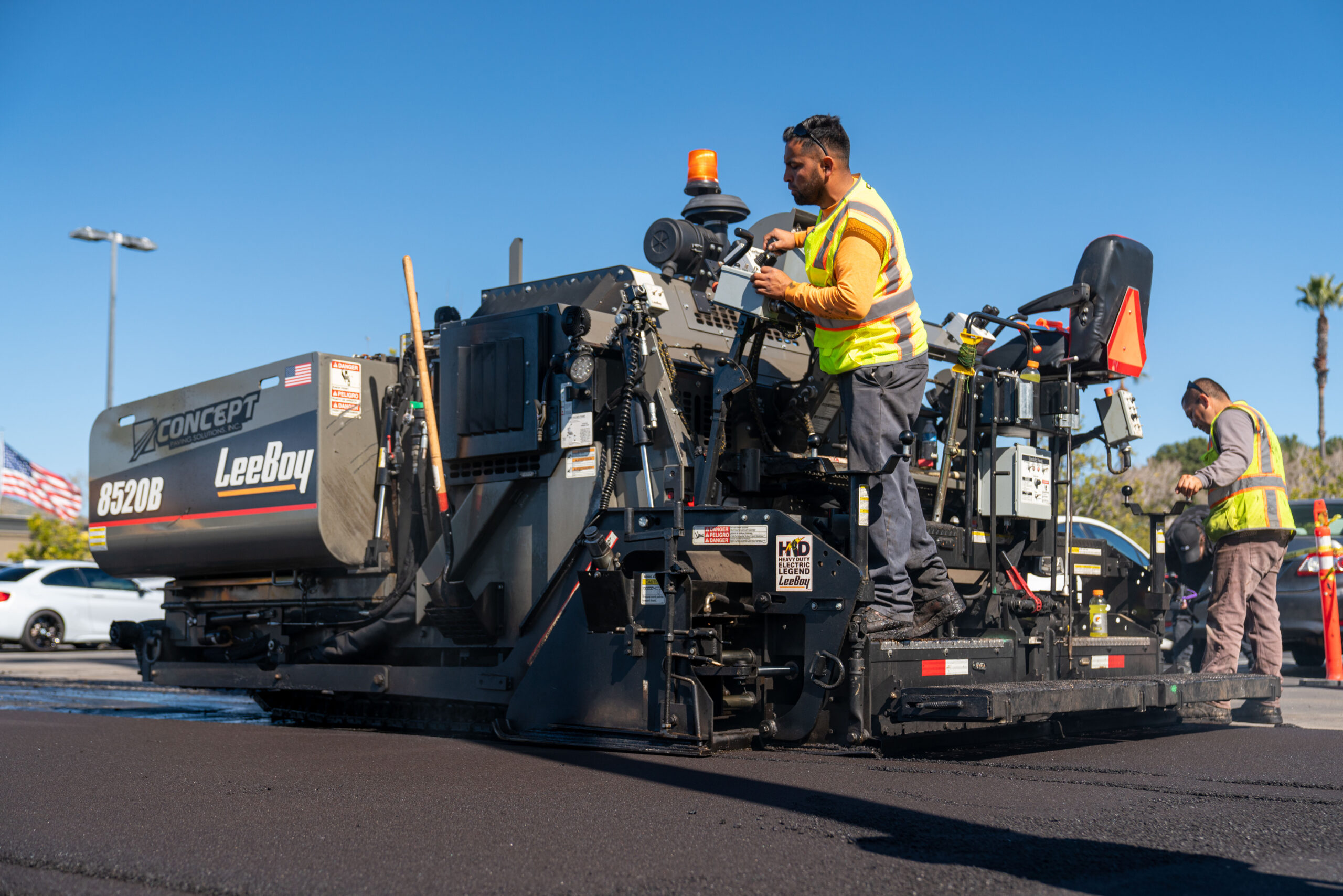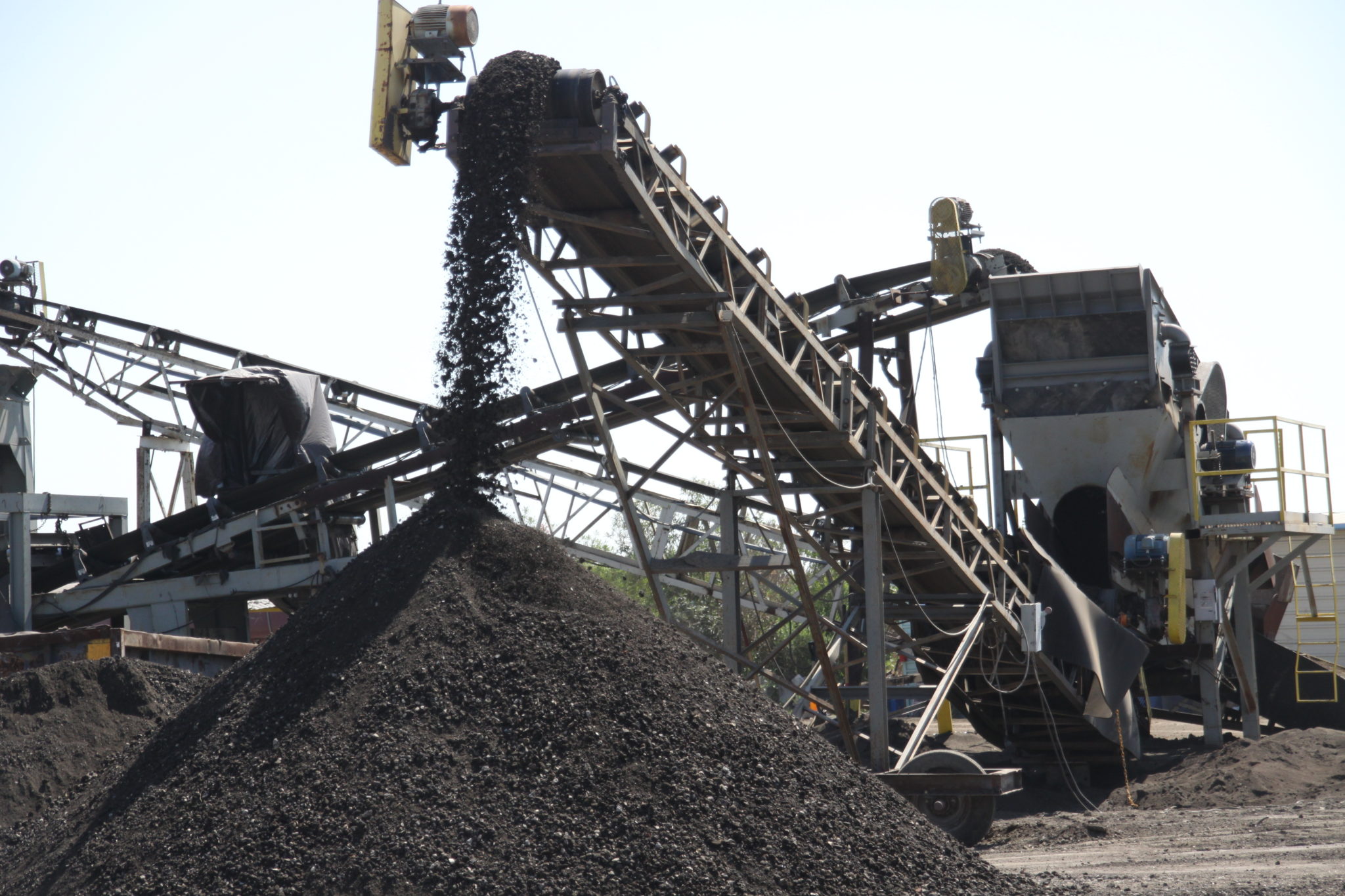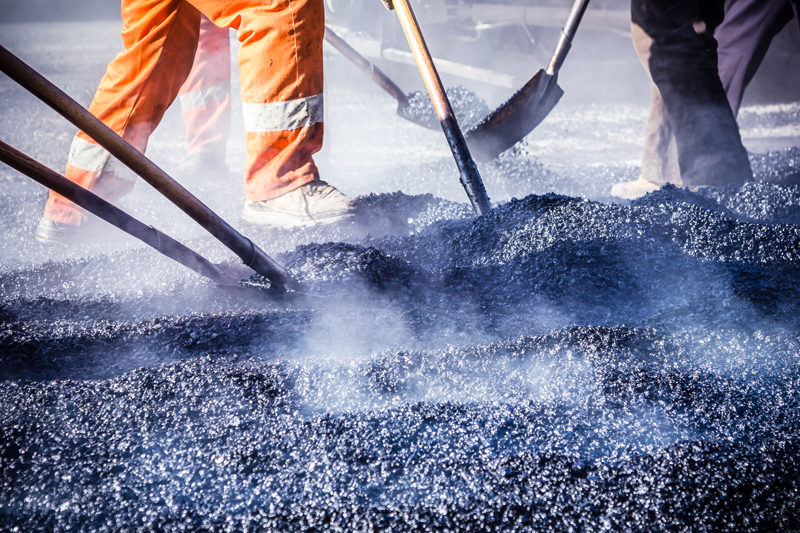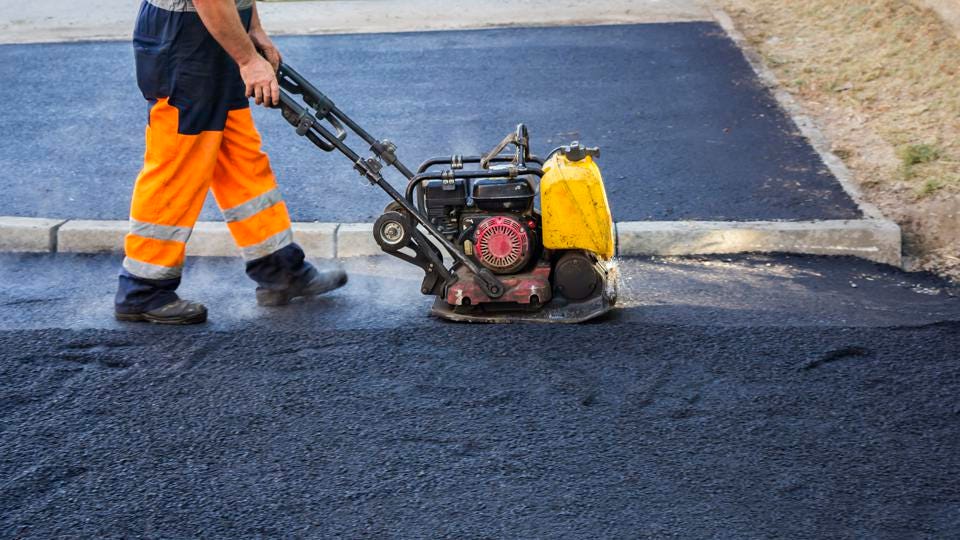What are Rosco brooms? Simply put, they’re an innovative solution for maintaining cleanliness and safety at construction and industrial sites.
Rosco brooms are powerful sweeping tools, designed with precision and efficiency in mind. So, why are Rosco brooms so effective? They feature advanced technology and robust materials that allow them to tackle all types of debris with ease, resulting in thorough and fast site cleanup.
But it’s not just about effectiveness; Rosco brooms are revolutionizing site cleanup by reducing the time and labor involved while increasing overall productivity. This positions Rosco brooms firmly at the forefront of future site cleanup strategies.
Today, we’ll examine the wonders of these brooms: what makes every sweeper the best option for you, what features they have, and the different types you can rely on for your projects. Read until the end and don’t miss anything!
The Benefits of Rosco Brooms
Rosco Brooms offer a multitude of benefits that revolutionize site cleanup operations. The first notable benefit is increased efficiency. These brooms are designed to cover large areas in a shorter amount of time, significantly reducing the time taken for cleaning operations.
Secondly, they contribute to reduced labor costs. With their automated features, the need for manual labor is significantly cut down, leading to financial savings.
The design of Rosco Brooms also places a high emphasis on safety. With their intuitive controls and safety features, they minimize the risk of accidents, ensuring a safer working environment.
Moreover, these brooms are environmentally friendly, contributing to sustainability. They function efficiently while reducing pollution, thereby contributing to a greener planet. Lastly, a key factor that sets Rosco Brooms apart is their durability.
Built with high-quality materials, they are designed to last for a long time, even with heavy usage, providing excellent value for money.
How Rosco Brooms Work
Rosco brooms are ingeniously designed to revolutionize the way sweeping is done. With their unique and innovative features, these brooms make cleaning easier, more efficient, and even more satisfying.
One of the standout qualities of Rosco brooms is their wider sweeping area, which allows you to effortlessly cover more ground with each stroke. This means you can complete your cleaning tasks in less time and with minimal effort.
The bristles of Rosco brooms are crafted from a soft and flexible material, ensuring a gentle touch on surfaces while still effectively picking up dirt and debris. No need to worry about scratches or damage to your floors and surfaces.
But that’s not all! Rosco brooms also come with a convenient dustpan that seamlessly captures all the swept-up debris, preventing it from blowing away and creating unnecessary mess.
Experience the joy and ease of cleaning with Rosco brooms. They truly make the task a breeze, leaving your space spotless and pristine. Get ready to embrace a whole new level of cleaning satisfaction!
The Different Types of Rosco Brooms
Rosco brooms have been specifically engineered to offer effective and efficient site cleanup solutions. The array of available models ensures that there is a broom for every circumstance.
The Classic Rosco Broom is a versatile and robust tool, ideal for general site cleanup. Its sturdy bristles and ergonomically designed handle make it a go-to for daily use.
On the other hand, the Heavy-Duty Rosco Broom is constructed to handle larger debris and tougher conditions. It’s designed for construction sites, warehouses, and other industrial settings.
At the same time, the Precision Rosco Broom features refined, softer bristles for meticulous cleanup, making it perfect for sensitive areas or surfaces that require gentle care.
Finally, the Rosco Push Broom is designed for large, open spaces, featuring a wide broom head and a long handle for maximum coverage with minimal effort. Each Rosco broom, while having its specific features, upholds the brand’s commitment to quality, durability, and superior performance.
How to Choose the Right Rosco Broom
When choosing the right Rosco broom, there are several key factors to consider for optimal cleaning. The first factor is the size of the area you wish to clean. For smaller spaces, a compact broom may suffice, allowing you to maneuver effortlessly in tight corners and narrow pathways.
On the other hand, larger areas may require a more robust model that covers a wider sweeping path, reducing cleaning time and effort.
Secondly, it is important to consider the type of debris you will be clearing. Whether you are dealing with light dust particles or heavy-duty rubble, Rosco offers a range of brooms specifically designed to effectively tackle various types of waste. From fine dust brushes to heavy-duty bristle brooms, you can find the perfect tool to handle the specific cleaning needs of your environment.
Lastly, your budget is an important determinant in your decision-making process. Rosco understands the need for affordability without compromising on performance.
With a wide range of brooms available at diverse price points, you can find a product that delivers excellent cleaning performance without straining your finances. Rest assured that regardless of the broom you choose, Rosco’s commitment to quality ensures long-lasting durability and superior cleaning results.
By taking into account these considerations – the size of the area, the type of debris, and your budget – you can confidently select a Rosco broom that will efficiently meet your site cleanup needs. Enjoy the satisfaction of a clean environment with the right broom by your side.
Conclusion
In conclusion, Rosco brooms stand as a game-changer in the realm of site cleanup. Their cutting-edge design and operation assure enhanced efficiency, surpassing the results of conventional cleanup methods.
With their operation, safety standards are significantly heightened, ensuring the well-being of the workers involved.
Moreover, they are a nod towards environmental sustainability, minimizing the ecological footprint of cleanup processes. If you’ve been scouting for an upgrade for your site cleanup procedure, look no further – Rosco brooms are the definitive solution you’ve been seeking.




